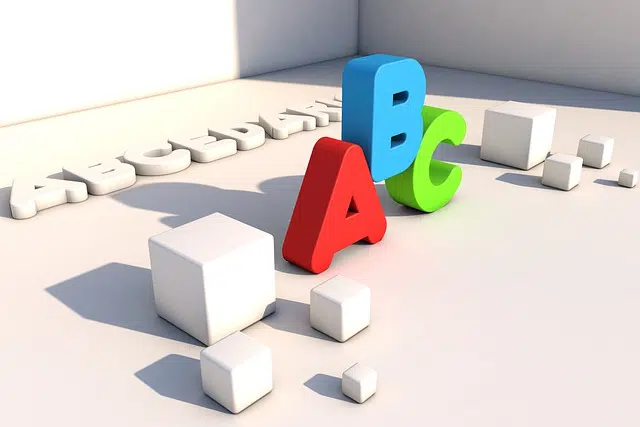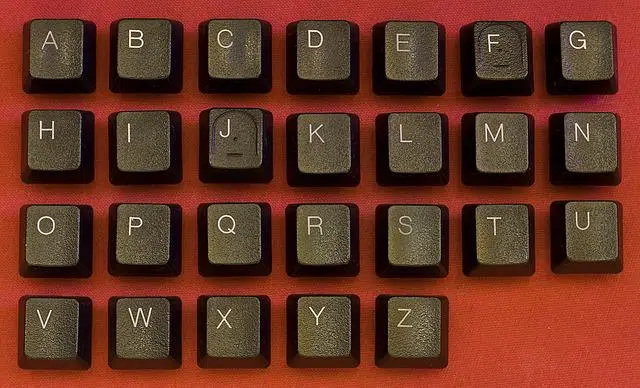
Alphabet and alphabet are synonyms.
The alphabet (or alphabet ) is a group of letters structured under a specific order accepted at a general level within the framework of a language . It is a set made up of spellings intended for the representation of language . In the Spanish language, this group owes its name to the first three letters that make it up: A , B and C.
The system adopted for the Spanish language is the Roman alphabet , which offers a writing structure that serves as a basis worldwide since, with certain modifications, it is used in the majority of the languages spoken in America , the European Union , the of Sub-Saharan Africa and the islands located in the Pacific Ocean .
Emergence of the alphabets
According to linguistic experts, the first alphabets in the West found their origin in the North Semitic alphabet , which appeared more than 3,500 years ago.
Despite the name that identified it, the Roman alphabet was used by the Etruscans from the Greek letters. At first it had only 21 letters , which over time were expanded to the 26 that we know today. Likewise, it must be said that the derivation of the conventional Roman alphabet that includes graphic variations such as the case of the Ñ is known as the Latin alphabet .

An alphabet is a set of letters arranged according to the conventions of a language.
Similarities and differences
Throughout history there have been many alphabets that in turn led to others ; Currently, there are many and very varied, although some have many similarities between themselves.
In Ancient Greece, more precisely in 900 BC, the Semitic alphabet , used by the Phoenicians, was adopted and they expanded their list of 22 signs, partly to represent vowels . Three hundred years later, when its alphabet was already consolidated (having spread throughout much of the Mediterranean) it was adopted by the Roman people, who in turn fused it with Latin to create a more complete variant. With the great conquests made in this period, they managed to make their alphabet become the basic one of all Western European languages.
Another alphabet known in antiquity was the Cyrillic (name given by one of its creators, Saint Cyril), created in 860 AD in Constantinople. His objective was to achieve a system of symbols that brought together the sounds of the language of the Slavic people. It was based on Greek and Hebrew letters and was made up of 43 characters, some of which were new. Writings such as Russian, Ukrainian, Serbian and Bulgarian are derived from this alphabet. Not to be confused with Polish, Czech, Slovak or Slovenian, which come from Roman. What remains of the Cyrillic alphabet today are various writing systems; some characters have been lost and others have been transformed, adopting different forms in each region.
Arabic is another of the alphabets that descends from the same origin as those mentioned above; It is believed that it arose from the 4th century AD and has not undergone many changes. Currently it is used by all countries belonging to the Islamic world, certain countries in Asia, Africa and southern Europe. It is similar to the Hebrew alphabet in many ways, such as almost completely lacking vowels (except for three long ones, the rest are represented with diacritical marks).
Regarding Chinese writing, it could be said that it is unique since it does not consist of a phonetic or alphabetic system but is based on ideograms (graphic representation of ideas or objects); That is to say, they lack an alphabet and instead have a large number of symbols that allow them to represent their writing in an absolutely different way. At this point we can clarify that the alphabet is not strictly necessary for the development of writing . It is just one of the most conventional forms; neither the richest, nor the most important.
Writing without alphabet
Other types of writing in which the alphabet is not used to express an idea are:
* Morse writing (also identified by the name Morse code ), which consists of an alternative based on the representation of numbers and letters by means of signals that are emitted intermittently. Initially, it was used on telegraph lines through cable runs and later extended to radio communications ;
* Braille , a tactile reading and writing system that was developed specifically for the benefit of blind or visually impaired individuals.
